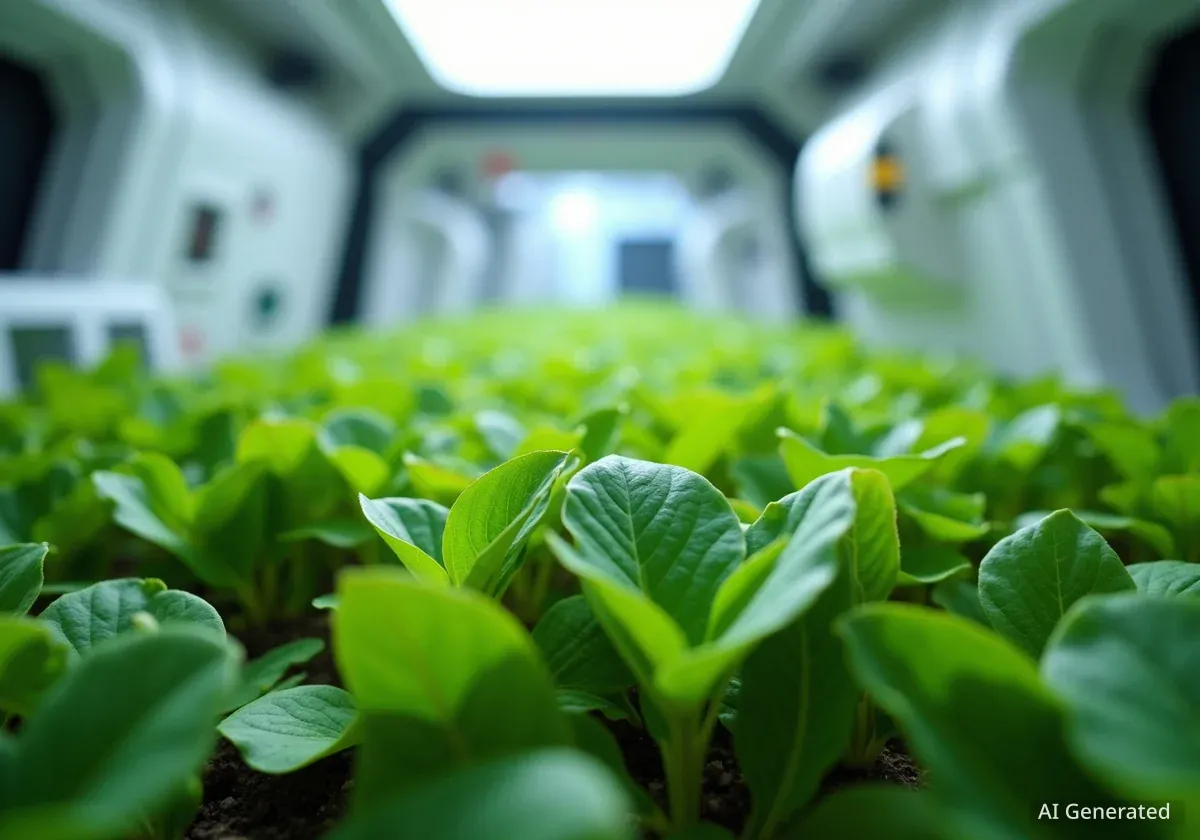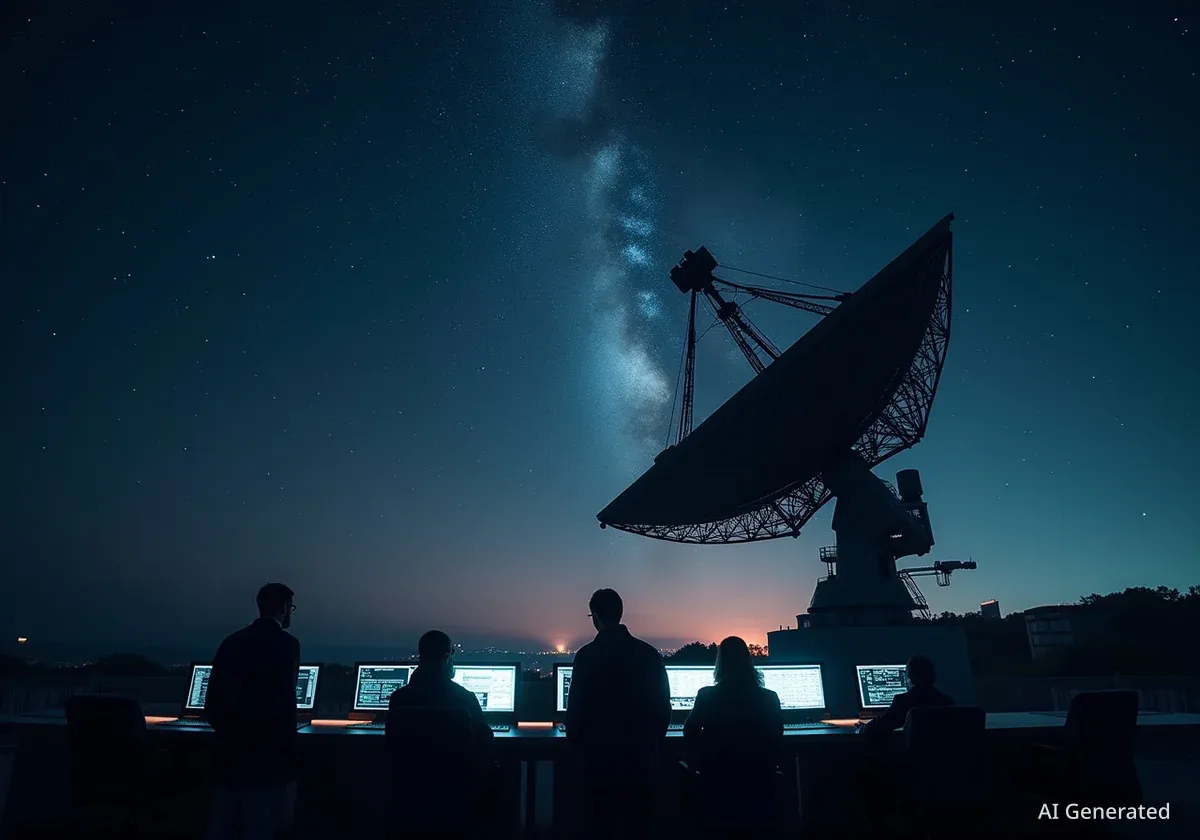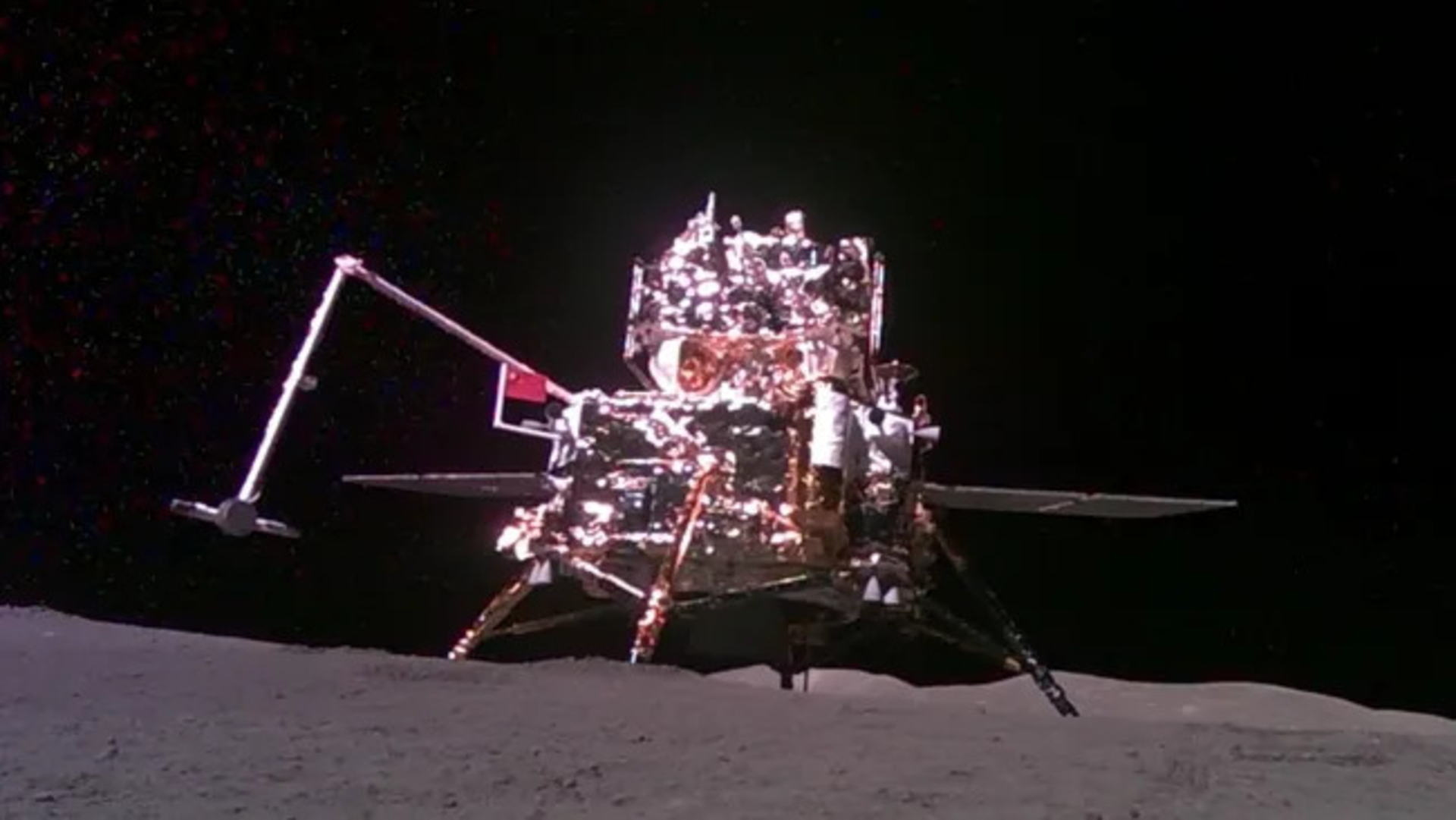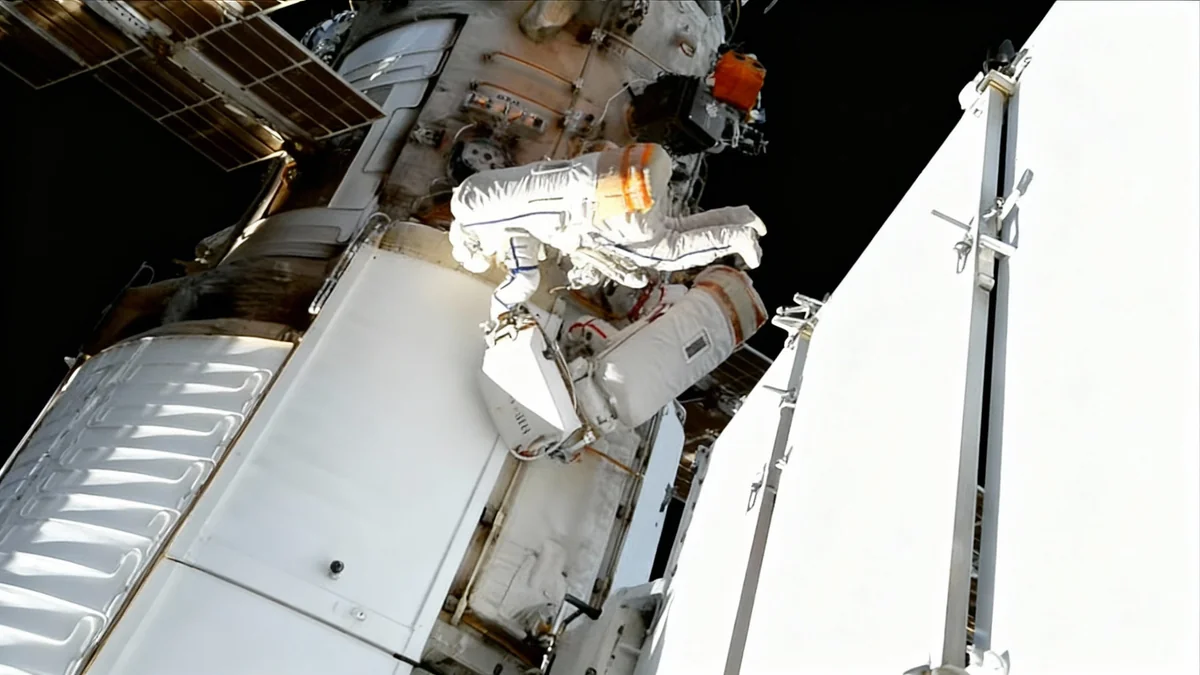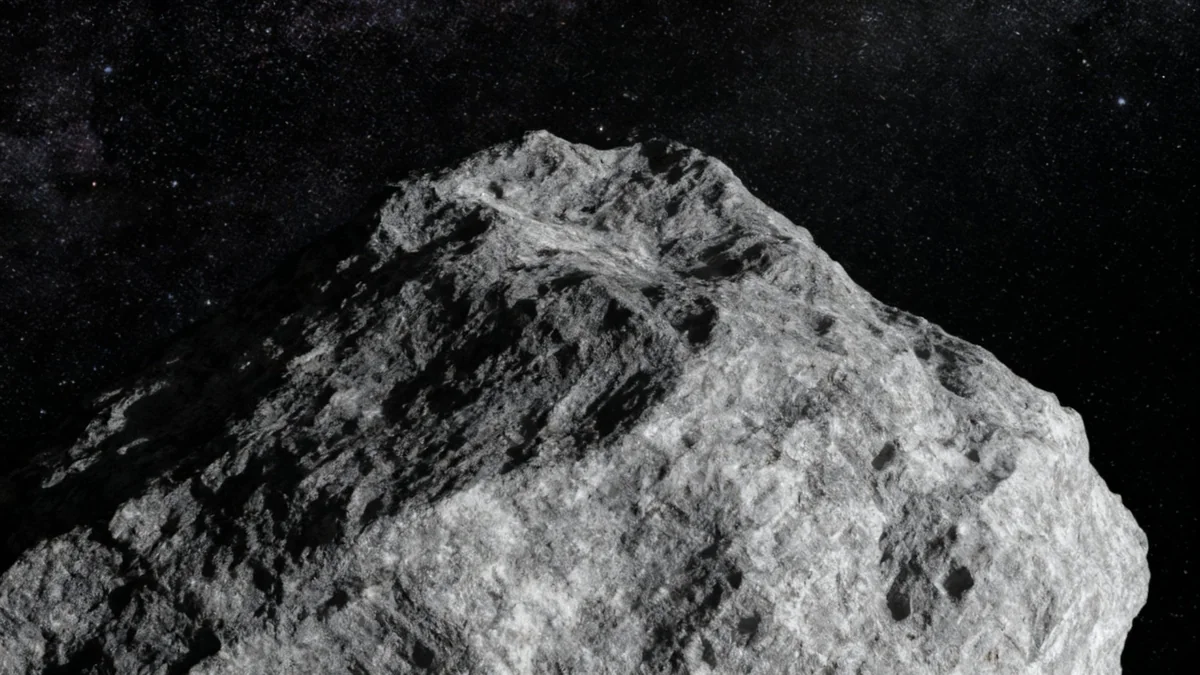As humanity sets its sights on returning to the Moon and venturing toward Mars, a fundamental challenge emerges: how to feed astronauts on missions lasting months or even years. The solution involves more than just packing enough meals; it requires a complete rethinking of food production, preservation, and consumption in the harsh environment of deep space, where resupply is impossible and every resource is precious.
Researchers are exploring everything from growing fresh produce in orbit to using cellular agriculture to create meat far from Earth. These innovations are not just critical for future space exploration; they also hold promising solutions for food sustainability challenges back on our own planet.
Key Takeaways
- Long-duration space missions require food that is safe, nutritious, and palatable for extended periods without resupply.
- Astronauts often experience altered taste perception in microgravity, making food seem blander and requiring careful meal design.
- Innovations like growing vegetables on the International Space Station (ISS) and cultivating meat in space are paving the way for self-sufficient food systems.
- The research into closed-loop systems for food and water in space has direct applications for sustainable agriculture and resource management on Earth.
The Realities of Dining in Orbit
Eating in space is a carefully orchestrated process. With missions to the International Space Station (ISS) often lasting six months, food must be shelf-stable, nutrient-dense, and easy to consume in a zero-gravity environment. According to European Space Agency (ESA) astronaut Rosemary Coogan, the logistics are a primary concern.
"We can’t send up fresh supplies on the ISS every week — it can take months before new cargo arrives, so food must last long, stay nutritious, and still taste good," Coogan explained during a recent ESA event. This means most food is dehydrated, thermostabilized, or tinned to ensure its safety and longevity.
What's on the Menu?
A typical astronaut's diet consists of a variety of specially prepared foods. This includes freeze-dried meals that are rehydrated with water, heat-processed pouches similar to military rations, and natural-form items like nuts and tortillas. Crumbs are a significant hazard, as they can float into and damage sensitive equipment, which is why bread is replaced with tortillas.
Beyond the practicalities, microgravity itself affects the dining experience. Many astronauts report a change in their sense of taste, a phenomenon not yet fully understood by scientists. This sensory shift can make familiar foods taste bland, posing a challenge for nutritionists tasked with keeping crews healthy and motivated.
"Many experienced astronauts, however, report that their sense of taste changes in space — food can seem blander. We do not fully understand why that happens yet, but that’s an important part to explore in space food research," Coogan noted.
More Than Just Fuel: The Psychology of Food
On long and isolating missions, food becomes a crucial component of psychological well-being. A good meal can boost morale, provide a sense of normalcy, and serve as a social centerpiece for the crew. The absence of familiar textures and fresh ingredients is deeply felt.
"Fresh food is what everyone misses the most — especially fruit," Coogan said. The simple pleasure of biting into a crisp apple or a juicy orange is a luxury unavailable for most of a mission's duration. This craving for freshness is a major driver behind the push to cultivate food in space.
Astronauts on the ISS are sometimes allowed to request "bonus" meals. These are often favorite foods from their home countries, specially prepared and packaged for spaceflight. This small comfort helps connect them to home and improves their overall mission experience.
Recognizing this, space agencies allow astronauts to help design some of their meals. This process involves adapting recipes to meet the stringent safety and storage requirements of spaceflight while preserving the comfort and taste of a home-cooked meal.
Innovations for a Self-Sustaining Future
As mission durations extend from months to years for potential trips to Mars, relying solely on pre-packaged food becomes unfeasible. The focus has shifted to creating sustainable, closed-loop food production systems within spacecraft and future habitats.
Growing Greens in Microgravity
One of the most significant breakthroughs has been the ability to grow fresh produce in space. NASA's Vegetable Production System, known as "Veggie," on the ISS has successfully cultivated crops like lettuce, mustard greens, and bok choy. These small harvests provide astronauts with a welcome source of fresh food and a psychological boost.
"Research on growing fresh salad and leafy greens aboard the ISS is so exciting," Coogan commented. "It’s already been done successfully and is a big step toward producing fresh food in space."
The Rise of Cellular Agriculture
Beyond plants, researchers are exploring even more advanced technologies. In 2019, the company Aleph Farms made headlines by using 3D bioprinting to produce the first piece of cultivated meat aboard the ISS. This experiment demonstrated that meat could be grown from animal cells in a reduced-gravity environment, a critical step toward providing astronauts with a source of fresh protein on long voyages.
Subsequent experiments have continued to study how cow cells grow and mature in space. Coogan emphasized that astronauts are open to these novel food sources. "We will need different foods produced in different ways to do that," she said, highlighting the necessity of a diverse and resilient food strategy.
From Space to Earth: A Shared Challenge
The technologies being developed for space have profound implications for life on Earth. The constraints of a space mission—limited water, minimal waste, and maximum efficiency—mirror the challenges facing sustainable agriculture in a world with a growing population and a changing climate.
Water recycling is a prime example. On the ISS, over 90% of water is reclaimed and reused, a necessity for survival. This expertise is invaluable for developing water-efficient farming techniques in arid regions on Earth.
"That mindset of sustainability, recycling, and efficiency applies directly to how we grow food here on Earth. Learning how to grow nutritious food with minimal water is a shared challenge on Earth and in space," Coogan stated.
Similarly, vertical farming, hydroponics, and aeroponics—methods essential for growing plants in space—are becoming increasingly important for urban agriculture, reducing transportation costs and providing fresh produce to city dwellers. The research into creating nutrient-dense, long-lasting foods also has potential applications for emergency relief and addressing food insecurity globally.
As we push further into the cosmos, the quest to feed the final frontier may ultimately help us learn how to better feed our own planet.

